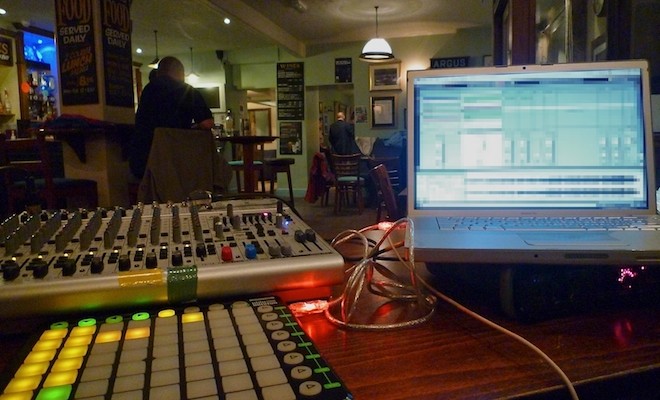
Tech
How To Make A Chillout Track
Chillout is an umbrella term for many different genres and moods, but fundamentally, it’s a word for music that has a mellow vibe and a slower tempo (70-100 BPM). It consists of beats and melodies that invoke imagery of lounging on a beach at sunset, swaying gently in a hammock on a tropical island, or staring up at a star-filled sky on a clear, moonless night.
The name of the game is relaxation, and this is music that will get you there.
If you’re ready to work on your first chillout track, here are some things to consider while getting started.
Listen to chillout tracks for inspiration
It pretty much goes without saying, but in order to really understand any style of music, you have to listen to as much of it as you can. Hearing sounds and ideas from other tunes can help you get your creative juices flowing.
Some examples of good chillout grooves are Jazzanova’s “Coffee Talk”, Thievery Corporation’s “Indra”, and Talvin Singh’s “One”. You’ll notice the use of hypnotic drum loops, synthesizer sounds, live instruments, and sometimes even vocals – but you don’t have to incorporate all of these. It’s the tranquil atmosphere that you want to capture.
Start with drums
It’s best to build from the ground up, so start by sequencing drums; find a kick and snare, a closed hi-hat, even some hand percussion like djembe, tabla or congas. Work on something that makes you nod your head, something unobtrusive and smooth.
You don’t have to make it too technical just yet – in fact, it’s best if you keep it simple, so you don’t drown out too much sound range for the other instruments you’re going to add. A simple kick-snare-hat combination will provide enough of a basis for you to start your track.
Work on a melody
To get started on your melody, you can choose any instrument you like, but things like strings, pads, piano, acoustic guitar, and harp will definitely do the trick. These are soft sounds that will help you create that tranquility you’re after.
Sometimes it’s easier to start with something like a pad, making different combinations of notes until you get some chords you like. Pad sounds will stretch throughout your loop and can help you imagine some guitar, harp or piano riffs that could accompany them. This is where the soul of the track really starts to shine.
If you make pad chords first, try humming or whistling some riffs while listening along to the pads and drums until you get something you like, and then sequence it in with an instrument of your choosing. Again, you’re just starting out the track, so it doesn’t need to be too complex. Some pad chords and a catchy harp riff, for instance, will start to make the groove come alive.
Make a bassline
Once your track has a melody, adding a solid bassline will really make that beat feel well-rounded. Be sure to choose a bass sound that doesn’t conflict too much with your kick – use a deep sub bass if your kick is more mid-range and punchy – so they’re both clear in the mix. Sometimes basslines can be a little hard to get right, but once you create something that really fits, your track will induce a more visceral response from listeners.
By now, you should have a foundation of a good chillout track. In order to keep your track interesting for listeners, you can make other melody sections to switch up with the original, parts where the drums stop for several bars before coming back in, vocal samples, anything that helps the vibe progress and change over time. Adding just the right amount of variety will make your track a mellow little journey that listeners will be sure to enjoy.
